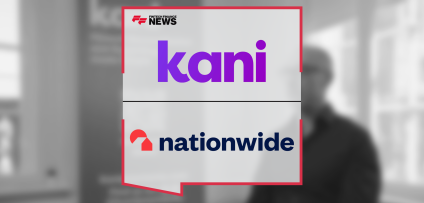Breaking News
The Challenges of In-House Tools in Modern Payments
In-house tools are becoming increasingly difficult for financial institutions to manage, especially as regulatory demands continue to grow. In this video, experts discuss the challenges that come with using these systems, which are often fragile under pressure. According to research, only five to nine percent of firms still rely on in-house tools, and many face significant limitations. One of the main issues is that these systems are not built to scale, making it hard to adapt to changing regulations. Every time there’s a scheme update or regulatory format change, it requires developer input, which slows down the process and can create inefficiencies.
The in-house tools dilemma highlights the importance of choosing the right solution for a financial institution’s needs. While building a system in-house may be advantageous for customer-specific solutions, buying technology that is not unique to the institution’s needs can often provide a faster, more cost-effective option. In the case of payments, leveraging existing technology is often a more sensible choice. Building on the investment of others can allow businesses to modernize their core payments platform without the need for constant development and costly in-house maintenance.
With regulatory changes requiring daily control and clear audit trails, relying on in-house tools is simply no longer sustainable. As compliance demands grow, the need for flexible, scalable solutions becomes more critical. By purchasing technology solutions that are already tested and trusted, financial institutions can ensure they stay ahead of regulatory requirements while freeing up resources to focus on other areas of innovation. This strategy not only reduces the burden on internal development teams but also allows companies to access cutting-edge solutions that would be difficult to build in-house.
As the financial services industry continues to evolve, many institutions are realizing that buying solutions is the best way forward. By outsourcing the technology that is not central to their business operations, they can focus on providing excellent customer experiences while maintaining compliance. The core payments platform modernization program is one example of how financial institutions are increasingly turning to external technology providers to meet the growing challenges of the modern regulatory landscape.
In conclusion, in-house tools may have once been a viable option, but as regulatory demands and customer expectations grow, financial institutions are finding that leveraging external technology investments is the most efficient and effective way to ensure scalability and compliance. By partnering with the right providers, institutions can maintain a competitive edge while focusing on what matters most – serving their customers.
- Harnessing the Power of AI While Ensuring Data Security | Jamie Renehan, Bank of Ireland Read more
- Exploring the Future of the CFO Landscape at Lucanet World 2025 Read more
- The Challenges of In-House Tools in Modern Payments Read more
- How LEI Is Powering the Next Generation of RegTech and Cross-Border KYC Read more
- Rohan Misra of AMINA Bank Discusses GCC Growth, Crypto Acceptance, and Tokenization on FF Virtual Arena Read more
















